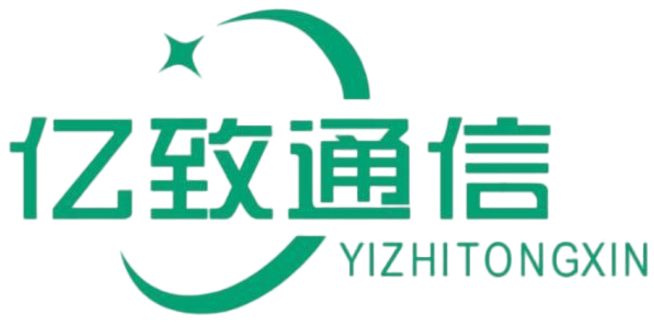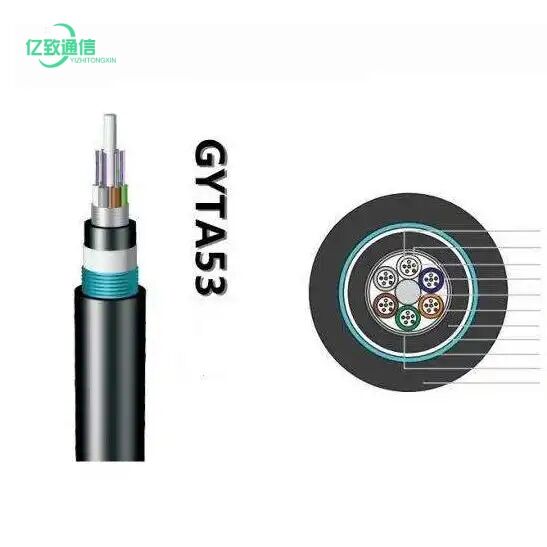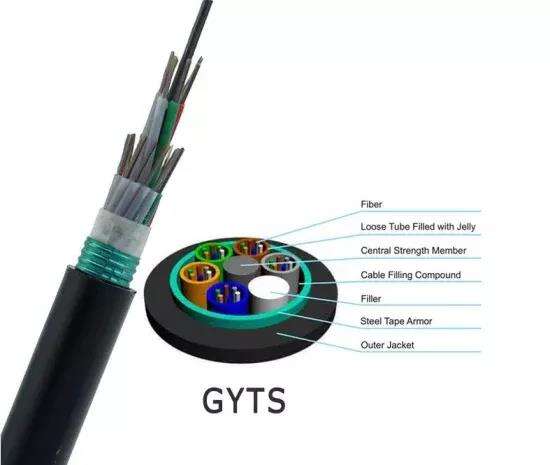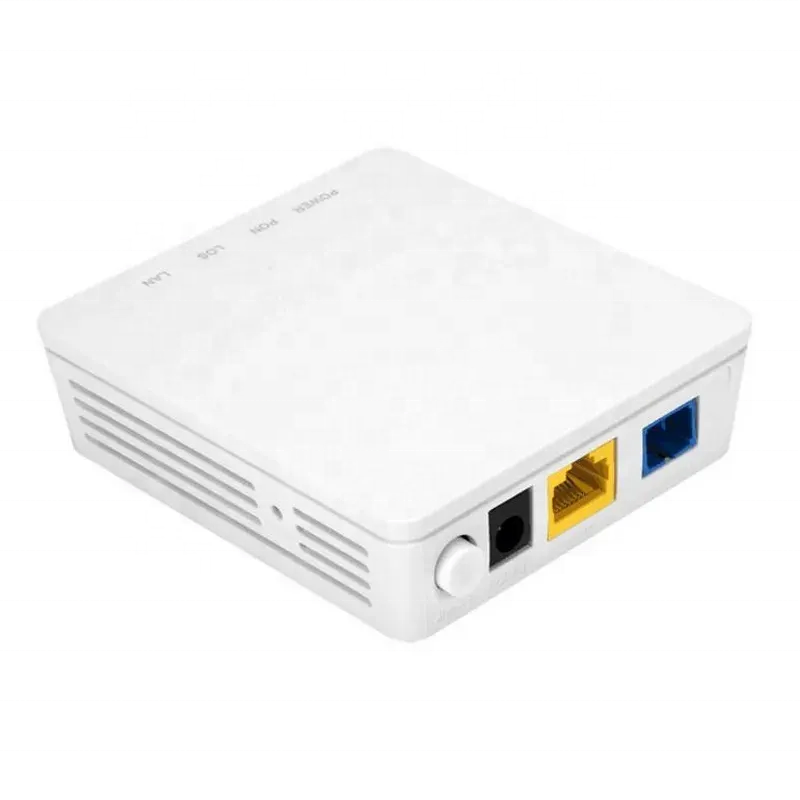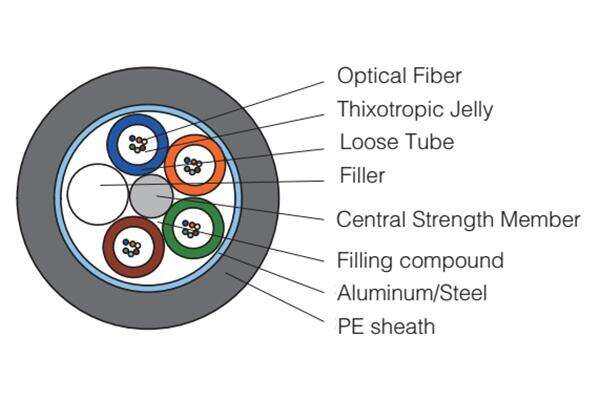optical cable price
Optical cable pricing represents a crucial consideration in modern telecommunications infrastructure, reflecting the complex interplay of manufacturing technology, material costs, and market demand. These cables, constructed with glass or plastic fibers, transmit data through light pulses, offering superior performance compared to traditional copper cables. The price structure typically varies based on several key factors, including fiber count, cable length, transmission capacity, and protective sheathing quality. Single-mode fibers, designed for long-distance transmission, generally command higher prices than multimode fibers used in shorter distances. The market also differentiates between indoor and outdoor cables, with outdoor variants featuring additional protective elements that influence their cost. Installation requirements, including specialized connectors and termination hardware, contribute to the overall pricing structure. Contemporary optical cables support bandwidths ranging from several gigabits to multiple terabits per second, with pricing reflecting these performance capabilities. The global optical cable market demonstrates dynamic pricing patterns, influenced by raw material availability, technological advancements, and increasing demand from data centers and telecommunications networks.
